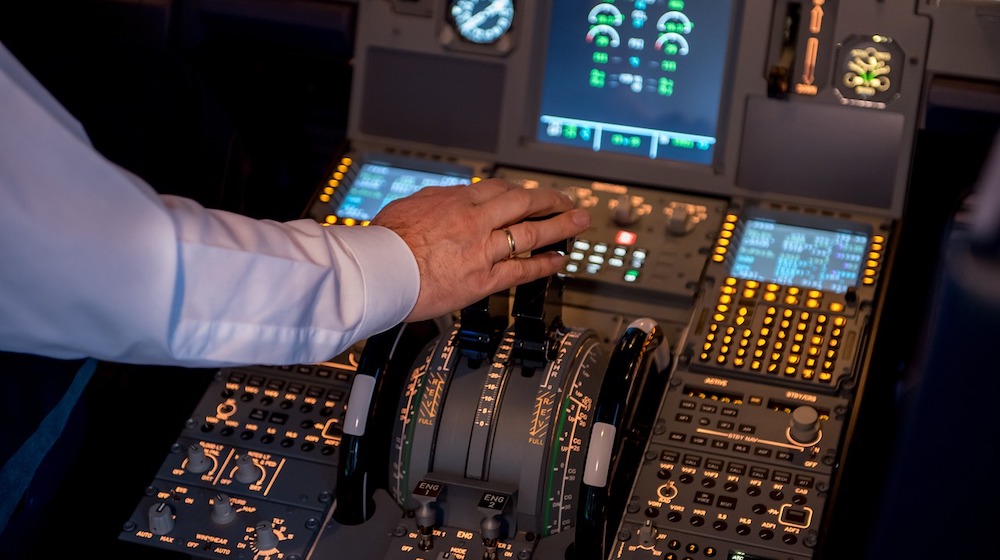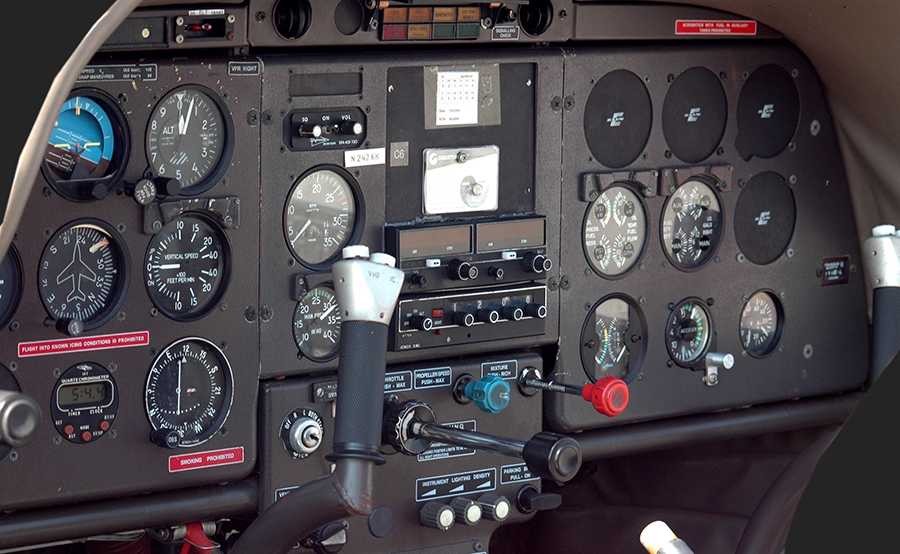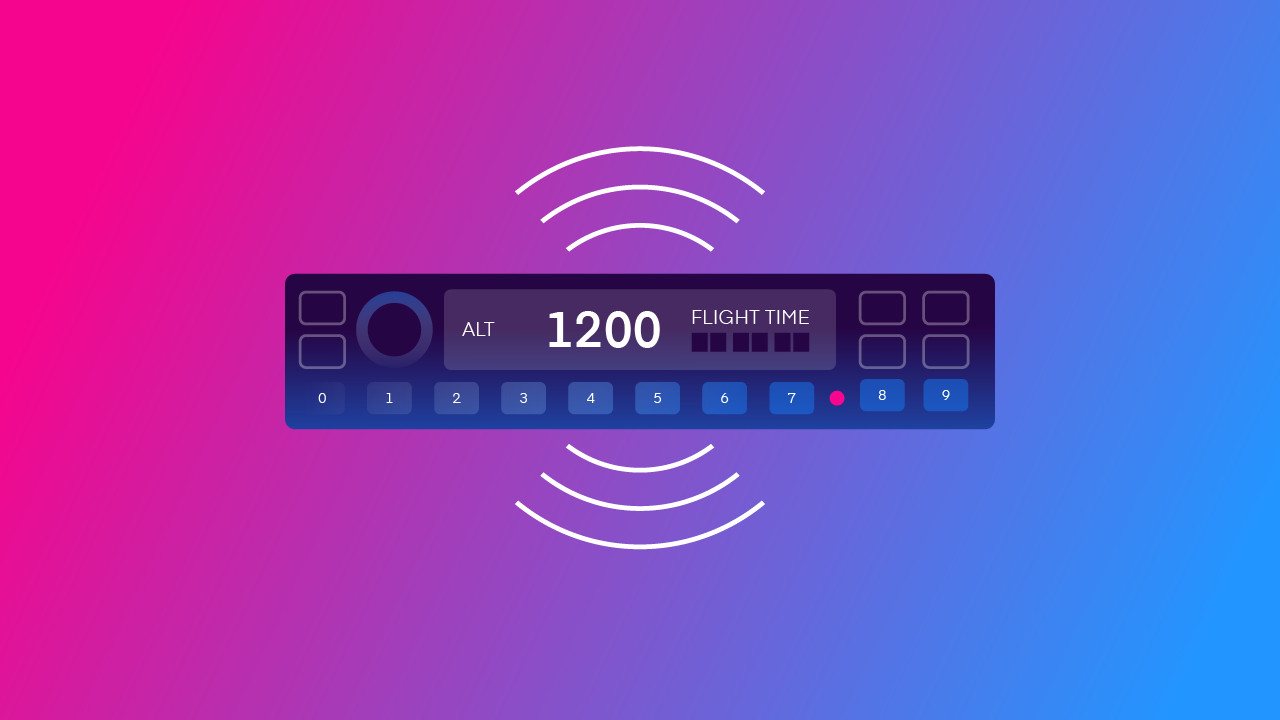-
Companies vary greatly
- Regional Airlines
- Low-Cost Carriers
- Legacy Airlines
- American Airlines
-
Seniority is everything
-
Sometimes you gotta take a pay cut for a better schedule
-
The yellow brick road is really long and usually uphill
-
Some ideas on how to build hours
- Tow banners
- Tow gliders
- Fly for a skydiving company
- Flight Instruct
So you just picked up your friend from some large, busy airport bustling with all sorts of people. You notice a suave gentleman and a tall woman stroll by wearing neat white shirts with epaulets and badges that read “airline pilot” or “American Airlines.” Maybe you think to yourself “they look like ‘the real deal’, I wonder how much money they make?”
The pilot profession is usually highly admired, so it would make sense for pilots to have lucrative salaries. We will discuss airline pilot pay (USA only) from multiple sources, as reported by websites such as glassdoor.com, and interviews with current airline pilots.
A simple google search of “how much do airline pilots make?” will bring back results ranging from 38,700 per year to 245,000 per year. Now, I’m no mathematician, but I think that 38,700-245,000 is a pretty big gap, so there must be a lot of variance in pay, right? The truth is, there is so much variety depending on company, aircraft flown, and seniority; this leads to my first point.
(Note, we’re going to examine SkyWest, Mesa, Compass, United, American, Spirit, and Southwest airlines in this article)
Companies vary greatly
So pilots are paid based on the number of flight hours they fly. Meaning that their timecard is basically gate-to-gate. The more you fly, the more money you make. Most airlines advertise a minimum of 75 hours per month minimum, and Federal regulations only permit airline pilots to work up to 100 hour per month.
Regional Airlines
- SkyWest (wholly owned) ($41,000-125,000)
- Mesa Airlines ($36,000-$108,000)
- Subsidiary of American airlines (Think “American Eagle”)
- Mesa pays less than SkyWest per hour, however does boast a $55,000 dollar sign on bonus).
- First officers make 36 dollars per hour initially (translates to about 36,000 a month).
- Senior captains make
- Compass Airlines ($51,000-$119,000)
- Operates for Delta Connections and American Eagle
- First officers make $51 per flight hour, and about $4,100 per month (about 41 k per year)
- The most senior captains make $119 per hour, about 119k per year
Low-Cost Carriers
- Southwest (82,000-$266,000)
- Major airline with one of the most iconic logos known to aviation
- Many Southwest employees talk about how amazing Southwest’s company culture is. Southwest takes care of their people
- Junior first officers make $82 per hour (about 82k per year)
- The most senior captain makes $266 per hour, or 266k per year (NICE)
- Southwest also boasts profit sharing bonuses every year
- Spirit ($52,000-$242,000)
- Spirit offers some of the cheapest seats in the industry, with flight attendants who make jokes during the flight, which can translate to a really good time.
- Junior first officers make 52 dollars per hour (52k per year), which is kind of on the low side for a major airline)
- The most senior captain at Spirit makes $242 per hour, or 242k per year
Legacy Airlines
- United Airlines ($91,000-$352,000 per year)
- Second oldest and Third largest legacy carrier
- Junior first officers make an attractive $91 dollars per hour (91k per year)
- The most senior captain on the Boing 777 at United makes $352 dollars per hour, about 352k per year
American Airlines
- The Second Largest Legacy Airline in the world
- American’s pay is a little hard to nail down, because it varies so much due to pay differences on different aircraft
- Junior first officers make $90 per hour (90k per year)
- The most senior captain on the Boeing 787 makes $342 per hour (342k per year)
Seniority is everything
As you can see, the pay scales range hugely. Captains make more than first officers, and mostly because the captain is the Pilot in Command (PIC) on the flight. This adds a layer of responsibility on the captain, as the final authority and decision making rests on the captain.
Another crucial part of being paid as an airplane driver, is years at company, called “seniority” in the industry. For example, at Southwest Airlines, a junior first officer’s pay jumps from $82 dollars per flight hour, to $118 dollars just in the first year of employment, and continues to increase up to the 12th year of employment. Some first officers chose to be “career first officers” due to the good schedules they get, which leads me to my next point.
Sometimes you gotta take a pay cut for a better schedule
A friend of mine is a senior captain at American Airlines on the Airbus A-320. I asked him how much he works vs how much he gets paid. His reply? “I work nine days a month, and make $250 thousand per year.” So essentially, he’s not getting paid the massive 350k per year that a captain at United would, but he hardly works at all. He also told me that he rarely does an over-night layover which, if you ask me, is a pretty darned sweet lifestyle. So how do you land one of these jobs?
The yellow brick road is really long and usually uphill
When airlines are looking for people to dress up as pilots, and fly their multimillion dollar aircraft, one word comes to mind, and that is “experience.” Experience comes in the form of hours flown, and education.
Most airlines are looking for a bachelor’s degree, and at a bare minimum, 1500 hours of flight time. However, the good news is, you can substitute some flight hours for education, and here’s how!
- If you fly for the military, you can usualy get an airline transport pilot’s license at 750 hours
- If you attend a specific four year aviation university, you can become a “restricted” airline pilot at 1000 flight hours (restricted just means that you can only be a first officer until you reach 1500 hours)
- If you attend a 2-year aviation school, you can get your Restricted Airline Transport Pilot (RATP) certificate at 1250 hours
- Everybody else has to have 1500 hours in a smaller aircraft before they can get the coveted airline transport pilot certificate.
Some ideas on how to build hours
Here are some suggestions on how you can build your flight hours, after you get a commercial pilots license.
Tow banners
Banner-towing is not the most glamourous pilot job, but it’s one job that only requires about 100 hours tail-wheel time.
Tow gliders
If you live in an area with a glider school or with a lot of glider operations, this can be a fabulous way to get started. Most companies only require 500 hours of flight time.
Fly for a skydiving company
A friend of mine is currently working as a “jump” pilot. He was able to land that job with only 250 hours of flight time.
Flight Instruct
This is by far the most popular way to build hours. Most flight instructors can have steady schedules, and teaching somebody else how to fly is the best way to reinforce your own knowledge and skills. There is no experience requirement to become a CFI (Certified Flight Instructor) other than the training hours that the FAA requires.
Other ways to get hours are to join the military, or just buy your own airplane to fly around in for fun. That being said, it takes years of hard work to be able to don that uniform with the epaulets and the wings. The good news is, that if you decide to join the ranks of pilots, you will join a fraternity of professionals who will always support you and have your back, and keep you from giving up.



